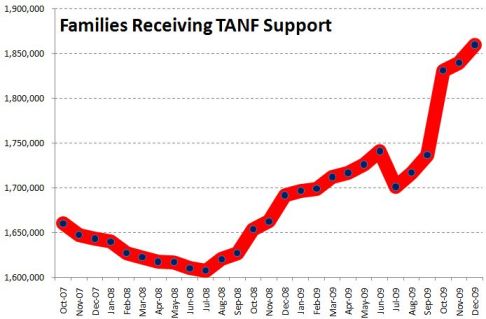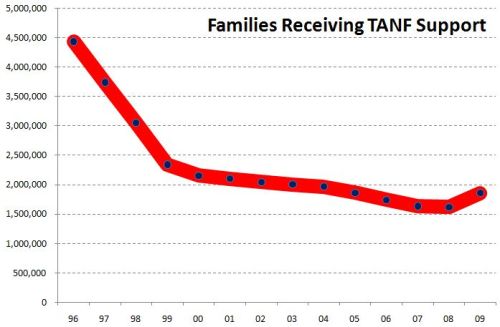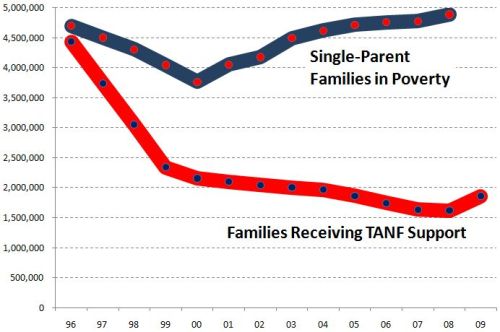Nathan Yau, at Flowing Data, calls BP out on a piece of data representation trickery. In a video on the BP website explaining the progress they were making cleaning up the oil, Kent Wells offered the following graph:
The bars represent oil collected over time. But, as Yau points out, the data offered by Wells is cumulative. It’s not the case that each consecutive day (May 16 to May 23) they are collecting more oil. Instead, each collective day they have collected more oil overall. If they keep collecting oil, we should expect nothing less.
Instead of showing the data cumulatively, they could have presented how much oil they collected each individual day. But the data, in that case, doesn’t look as good. Yau put this together:
This graph suggests that BP’s collection of oil is diminishing and makes viewers want to know why. The graph they offered, however, hides their decreasing efficacy.
—————————
Lisa Wade is a professor of sociology at Occidental College. You can follow her on Twitter and Facebook.














